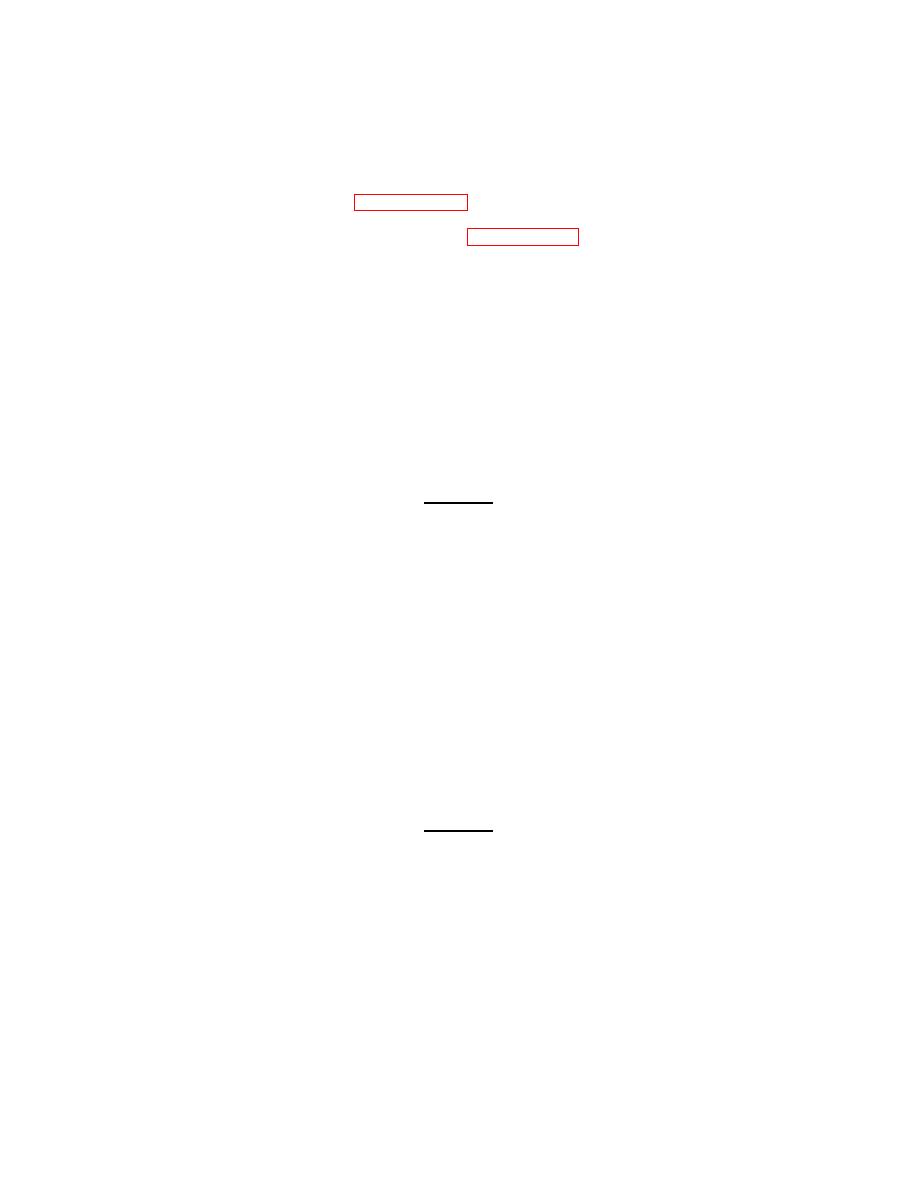
| Tweet |

Custom Search
|
|

|
||
 TM 55-1905-223-24-1
(2)
Check dowels (5) for breaks or excessive wear. If defective dowels (9) are found, perform the
following actions:
(a)
Use a dowel pin extractor to remove the two dowels (5) and measure dowel pin so that oversize
dowel pin can be determined.
(b)
Install the flywheel housing, paragraph 3-26.
(c)
Align the flywheel housing to the crankshaft, paragraph 3-26.
(d)
Attach the plate in the drill ream fixture to the crankshaft, leaving the capscrews loose enough to
allow plate movement.
(e)
Use the locator pin in the drill ream fixture to align the plate to the hole for the dowel pin.
NOTE
The taper on the locator pin will engage and center in the dowel pin hole. The locator pin must
rotate easily after the capscrews are tightened.
(f)
Tighten the capscrews retaining the plate.
CAUTION
The crankshaft must be locked in position. It can turn during reaming.
(g)
Lock the crankshaft to prevent turning.
(h)
Select the new dowel pin. The dowel pin most protrude from the block one half of the flywheel
housing thickness.
NOTE
There are three sizes of oversize dowel pins available from the engine manufacturer. They are:
0.015 [0.515 in (13.08 mm)], 0.030 [0.530 in (13.46 mm)], and 0.045 [0.545 in (13.84 mm)]. The
reamer must be 0.0005 to 0.001 inch (0.013 to 0.02 mm) smaller than the dowel.
(i)
Select the proper bushing, drill, and reamer for the size dowel pin.
CAUTION
Do not allow any metal chips to enter the engine or dowel hole or damage to the engine will
occur.
(j)
The reamer must touch the bottom of the hole in the block.
4-82
|
||
 |
||